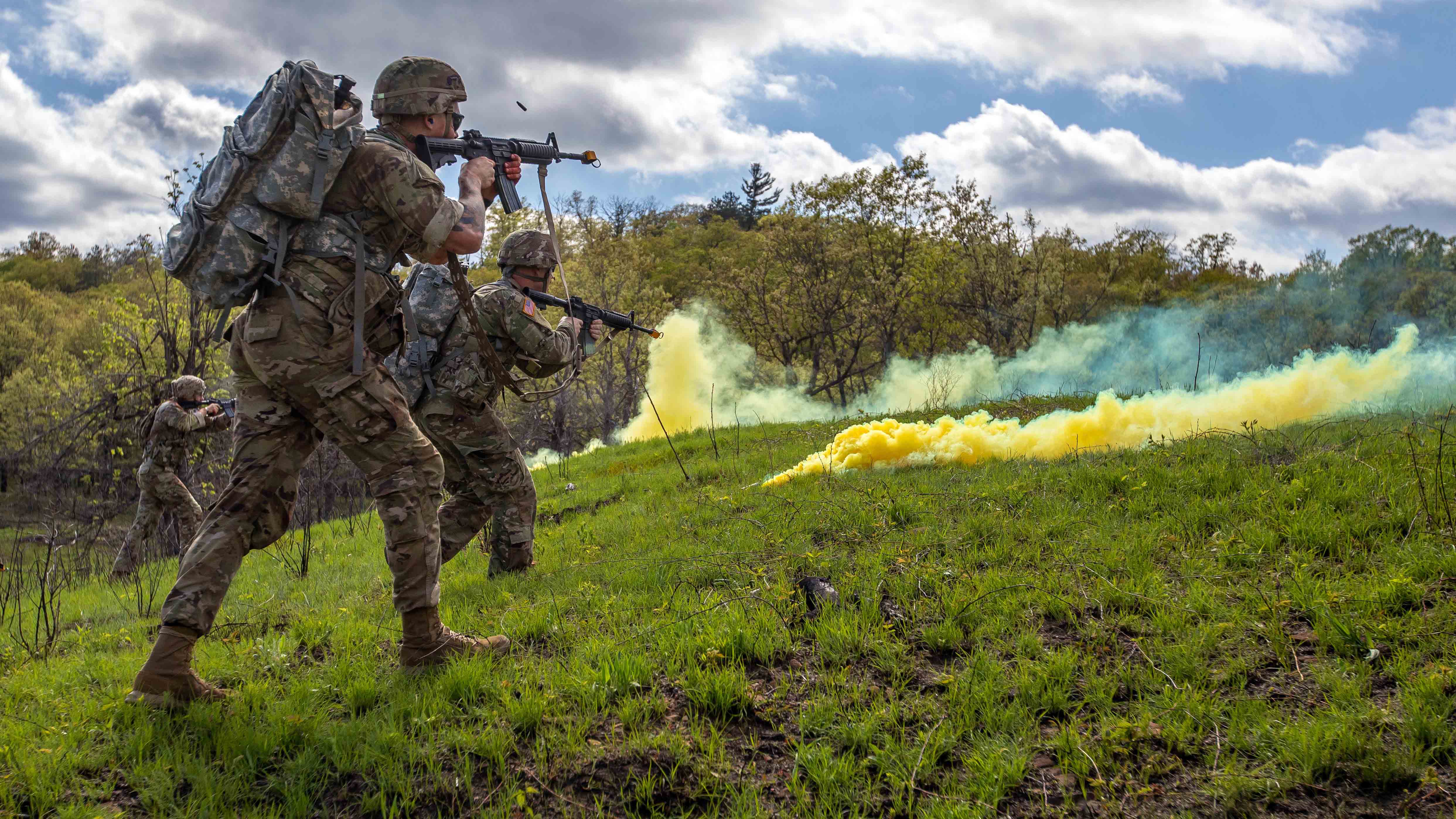Busy Guard, Reserve Must Adapt for Future
Busy Guard, Reserve Must Adapt for Future

Faced with two nuclear-capable competitors in China and Russia, Army National Guard and Army Reserve forces must modernize to ensure readiness, the components’ leaders told lawmakers.
“These needs are evolving,” said Gen. Daniel Hokanson, chief of the National Guard Bureau, during a May 24 hearing before the House Appropriations defense subcommittee. “We cannot predict when or where the next conflict will be, or what our competitors are bringing to bear. So, we must ensure our personnel are ready and our equipment and training and processes are modernized.”
Despite emerging threats, Hokanson said the National Guard’s State Partnership Program, which pairs states with partner countries around the world for military-to-military engagements and other activities, offers an “unmatched strategic advantage.” The partnership between the California National Guard and Ukraine, in place since 1993, shows just how vital the Guard’s training can be for partners and allies.
“After Russia came into Crimea in 2014, we actually stood up [something] very similar to our National Training Center in the Lviv area [in Ukraine],” Hokanson said. “Since 2016, National Guard trainers have been training the Ukrainian army there.”
The war in Ukraine “has shown the value of the investment that our nation has made,” Hokanson added.
Funding has allowed the National Guard to respond to a number of domestic and international crises, Hokanson said.
“When you look at all that we've been asked by our government to do over the last two years, particularly related to COVID, civil disturbances and deployments, there's not a single mission that we missed,” Hokanson said. “A lot of that goes back to the funding that we receive.”
In addition to more conventional threats, the Army Reserve is also doubling down on cyber threats by enhancing its cyber capabilities, said Lt. Gen. Jody Daniels, the Army Reserve chief.
“The Army Reserve is doing incredibly well in terms of building up our cyber protection teams,” Daniels said. “We represent about 25% of the total Army Force, in terms of cyber protection and cyber capabilities. We have 10 teams, of which six are already at full operational capability. The other four are going to be fielded ahead of schedule.”
To ensure that the Guard can continue to modernize, continued financial support remains essential, Hokanson said.
“Today’s National Guard would not be possible without your investments over the past 20 years,” he said to lawmakers. “For us to maintain the capability and capacity we provide our nation, National Guard force structure and equipment must be included in future modernization efforts.”

